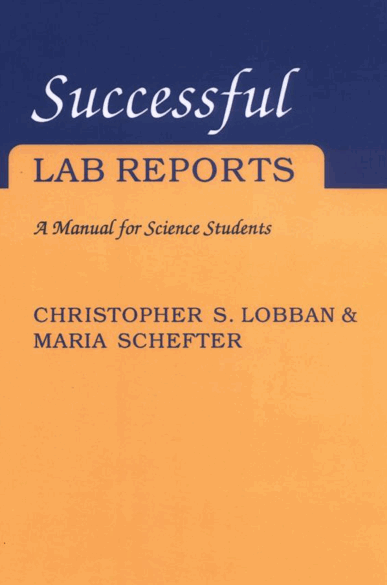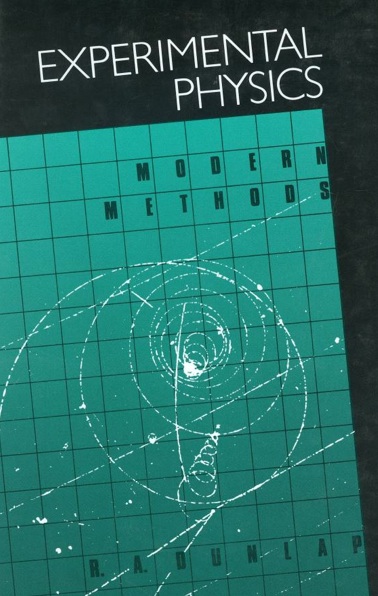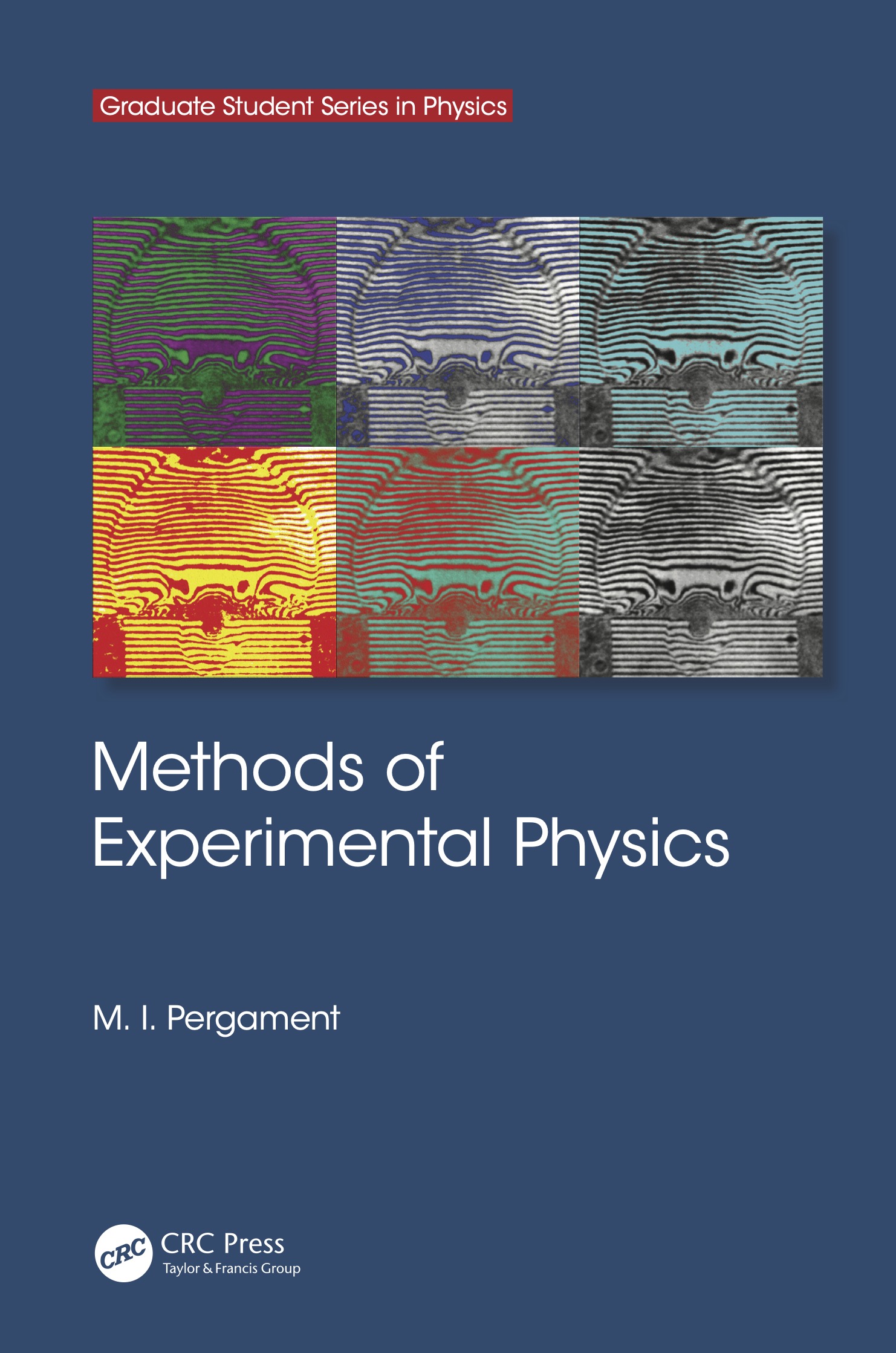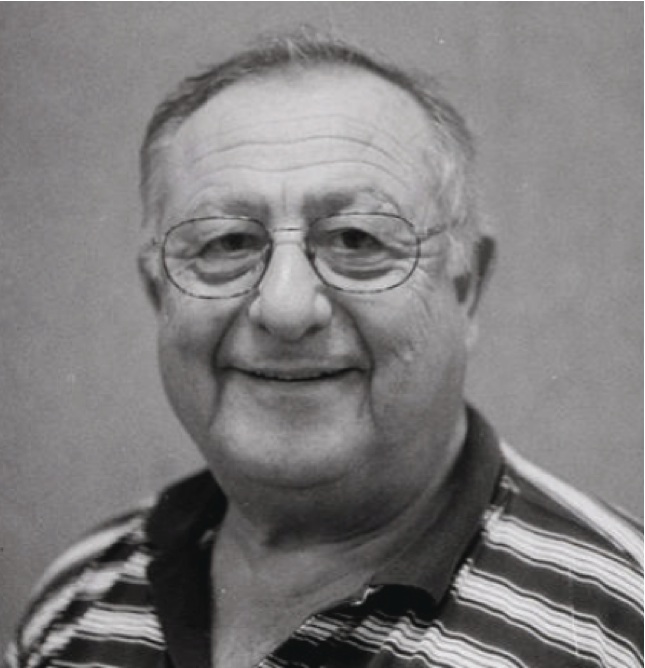|
Experiments
|
This Web Site is a basic resource for APPH 4018. Whenever possible notes will be available for download in Adobe PDF formats.
A list of experiments are presented below. You and your lab partner need to select four of these three-week experiments and schedule them during available periods. The laboratory hours begin at 9:30 AM each day. Experiments usually require between 2 and 3 hours to complete.
| Experiment |
Description |
|
#1
Vacuum Experiment
|
Using a mechanical pump and an oil diffusion pump (or a turbomolecular pump), the operation and pumping characteristics of those devices are studied. The experiment also makes use of several types of pressure measuring instrumentation commonly used in a research laboratory. This experiment is recommended before trying any of the Plasma Physics experiments since familiarity with diffusion pumped systems is required
|
|
#2
Microwave Experiment
|
Student work with a low power (about 35 mW) x-band (8.2 to 12.4 GHz) reflex klystron and becomes familiar with its operation, frequency range, and the properties of microwaves in waveguides. If time permits, a microwave interferometer can be constructed and the index of refraction of various materials can be measured.
|
|
#3
Schottky Diode Experiment
|
An N-type semiconductor that has been vacuum deposited with a thin layer of gold making a Schottky barrier diode. The characteristics of this diode can be measured as a well as semiconductor properties such as band gap energy, carrier mobility, and carrier concentration.
|
|
#4
Inverse Z-Pinch Experiment
|
This is a pulsed plasma device which uses a capacitor discharge system at 10-15 kV. Experience is gained in the design and operation of high voltage, low-inductance switching systems. The plasma which is formed can be treated with the magnetohydrodynamic (MHD) equations and the propagation of an ionizing current sheet driven through a neutral gas by magnetic pressure is studied.
- Inverse Z-Pinch Handouts
- O.A. Anderson, et al., "Inverse Pinch Effect", Phys. Fluids, 1, 489, (1958).
- C. Greifinger and J.D. Cole, "On Cylindrical Magnetohydrodynamic Shock Waves," Phys. Fluids, 4, 527 (1961).
- H.W. Liepmann and G. Vlases, "Magnetically Driven Cylindrical Shock Waves," Phys. Fluids, 4, 927 (1961).
-
Step-by-step notes:
|
|
#5
Langmuir Probes
(Basic Plasma Physics)
|
The student becomes familiar with the operation of a hot-filament plasma source which produces a low-density (about 1E10 cm-3) argon or helium plasma. Basic measurement schemes are used (Langmuir probes) to measure density and temperature of the plasma. If time permits, ionization rates and loss rates can be studied.
This experiment is a prerequisite for the Ion Acoustic Wave (Advanced Plasma Physics) and Microwave Interferometer experiments.
|
|
#6
Ion Acoustic Waves
(Advanced Plasma Physics)
|
The propagation of ion acoustic waves in a plasma is studied experimentally. The waves are launched at various frequencies and detected some distance away. In this manner, the acoustic speed, dispersion, and damping of these waves are measured. If time permits, ion acoustic shock waves and their properties can be measured.
- R.J. Taylor, "A large douple plasma device for plasma beam and wave studies," Rev. Scientific Instr., 43, 1675 (1972).
- J.L. Hirshfield, J.H. Jacob, D.E. Baldwain, "Interpretation of Spatially Decaying Ion-Acoustic Waves," Phys. Fluids, 14, 615 (1971).
- I.B. Bernstein, J.L. Hirshfield, J.H. Jacob, "Symmetry Considerations for Grid-Launched Ion-Acoustic Waves," Phys. Fluids, 14, 628 (1971).
|
|
#7
Microwave Interferometer
|
This experiments makes use of an advanced version of the plasma source used in the basic plasma physics experiment. Multiple magnetic cusps generated by permanent magnets confine the plasma and produce higher densities (~ 1E12 cm-3). This higher density makes possible electromagnetic wave propagation studies and inteferometer measurements of the plasma density using the equipment of the microwave experiment.
This experiment is allowed only for the ambitious student of plasma physics.
|
|
# 8
Superconductivity
|
In this experiment, we will use sampled of the recently developed high temperature superconducting material (Yttrium-Barium-Copper-Oxide) at liquid nitrogen temperatures (about 77 deg K) to learn about low temperature instrumentation and the physics properties of superconductors. You will study the magnetic as well as the ohmic properties of the superconductors.
|
|
#9
Gamma Ray Spectroscopy
(Not Available 2024)
|
The student gains experiment with nuclear measurement equipment such as scalers, scintillation detectors, photo multipliers, and multi-channel pulse height analyzers. This equipment is used to make an activation analysis of a material by first exposing it to neutrons, then measuring the energy spectrum of the gamma rays emitted by the activated material.
|
|
#10
Optics Experiment
|
Several features of wave optics are investigated using a helium neon laser, including laser beam propagation. A photodiode is used to measure laser power, and beam profiling methods are used to follow the propagation of unfocused and focused laser beams. Fraunhofer diffraction, the properties of diffraction gratings, and ways to determine laser polarization are also studied.
|
|
#11
Glow Discharge
|
Based on the experiment described by Stephanie Wissel, Andrew Zwicker, Jerry Ross, and Sophia Gershman: "The use of dc glow discharges as undergraduate educational tools". In this experiment, students explore gaseous breakdown, Langmuir probe measurements, and operational changes with an applied magnetic field. See American Journal of Physics, 81, 663 (2013); http://dx.doi.org/10.1119/1.4811435
|
Lab Session Schedule
|
Session 1
(1/23 - 2/7)
|
Session 2
(2/13- 2/28)
|
Session 3
(3/5 - 3/27)
|
Session 4
(4/2 - 4/17)
|
(T 8:30 - 11:30)
James Eckstein
Karl Falb
Neil Hazra
|
Superconductivity
|
Inverse Z-Pinch
|
Microwaves
|
Schottky
|
(T 9:00 - 12:00)
Sophia Guizzo
Stefan Kim
Matthew Xu
|
Vacuum 1
|
Microwaves
|
Schottky
|
Inverse Z-Pinch
|
(T 9:30 - 12:30)
Samuel Freiberger Alexandra Lachmann Rohan Lopez
|
Inverse Z-Pinch
|
Superconductivity
|
Vacuum 2
|
Glow Discharge
|
(T 10:00 - 1:00)
Jonas Kolker
Ciro Salcedo
Selina Yang
|
Microwaves
|
Schottky
|
Superconductivity
|
Vacuum 1
|
(T 10:30 - 1:30)
Jacob Halpern
Frederick Sheehan
Javier Chiriboga
|
Vacuum 2
|
Langmuir Probe
|
Ion Acoustic Wave
|
Superconductivity
|
(T 11:30 - 2:30)
Eliot Felske
Sebastian Gomez
Jamie Xia
|
Glow Discharge
|
Vacuum 2
|
Langmuir Probe
|
Microwaves
|
(T 1:00 - 4:00)
Ashton Binks
Ceaser Stringfield
|
Vacuum 1
|
Inverse Z-Pinch
|
Schottky
|
Glow Discharge
|
(W 10:00 - 1:00)
Ashlyn Fulgham
Charles Grill
Guillermo Peschard Rioboo
|
Vaccum 1
|
Inverse Z-Pinch
|
Microwaves
|
Schottky
|
(W 10:30 - 1:30)
Xinyi Liu
Mihir Shetty
Ari Willner
|
Vacuum 2
|
Superconductivity
|
Schottky
|
Microwaves
|
(W 11:00 - 2:00)
Sridevi Pulugurtha Andrew Yang
|
Superconductity
|
Schottky
|
Inverse Z-Pinch
|
Glow Discharge
|
|



